The type of celestial target and the detail you can photograph in the night sky depend - among other variables - on which kind of camera you are going to use, and in this guide we'll be looking at some of the best CCD cameras currently available on the market.
CCDs are optimally suited for long-exposure deep-sky imaging. They're capable of imaging the Moon and Sun and have basic planetary capability, but are also good for picking out faint moons around other planets.

The two types of CCD camera
Colour CCD cameras
One-shot colour CCD cameras are designed for deep-sky imaging. They sport a filter-free sensor with a Peltier cooling system to reduce 'noise' generated by the electronics.
They come in a range of sensor sizes and, like DSLRs, capture colour in a single shot, which is ideal for the UK’s fickle weather.
Mono CCD cameras
Mono CCD cameras take great greyscale images. If you want to take colour images with mono CCDs, things get a little more complicated.
This involves taking different sets of exposures using red (R), green (G) and blue (B) filters and then combining them in software to produce a final RGB colour image.
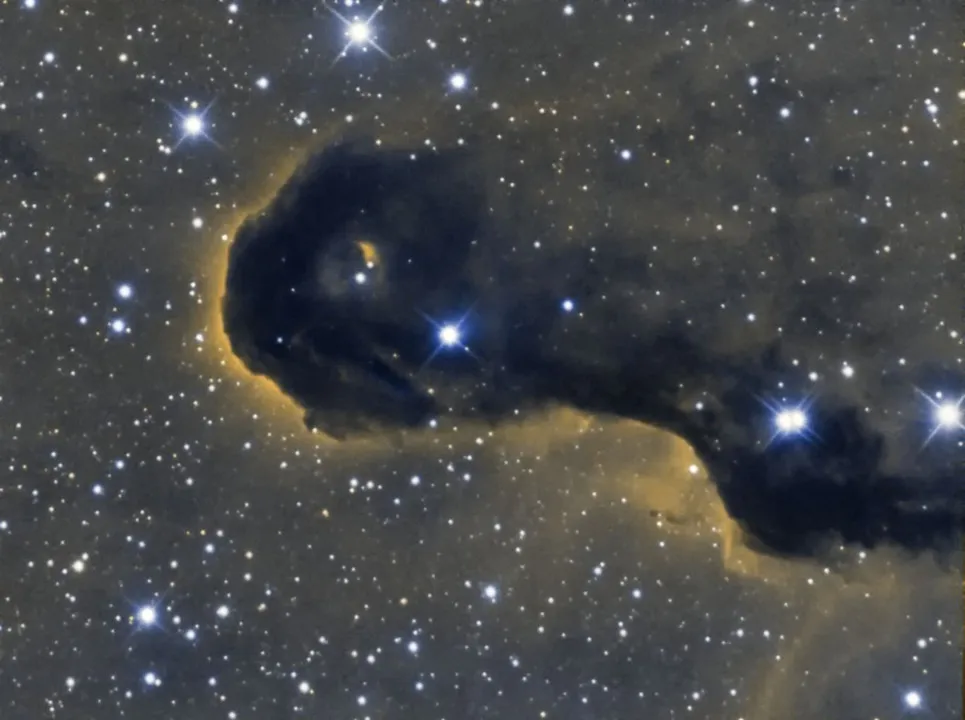
We've reviewed a lot of CCD cameras at BBC Sky at Night Magazine over the years, and below is our pick of some of the best CCDs available to buy, ranging from the best value up to more high-end models.
It's by no means an exhaustive list, but hopefully gives you an idea as to what you should be looking out for, and what you can expect to get for your money.
For more info on what camera you should buy if you're interested in astrophotography, visit our camera reviews page.
If you've already got your camera sorted but need a decent scope to go with it, discover our pick of the best telescopes for astrophotography.
Note: all prices were correct at time of review. As with anything, it pays to shop around!
8 best CCD cameras for astrophotography
1
Revolution Imager R2 CCD video astronomy camera
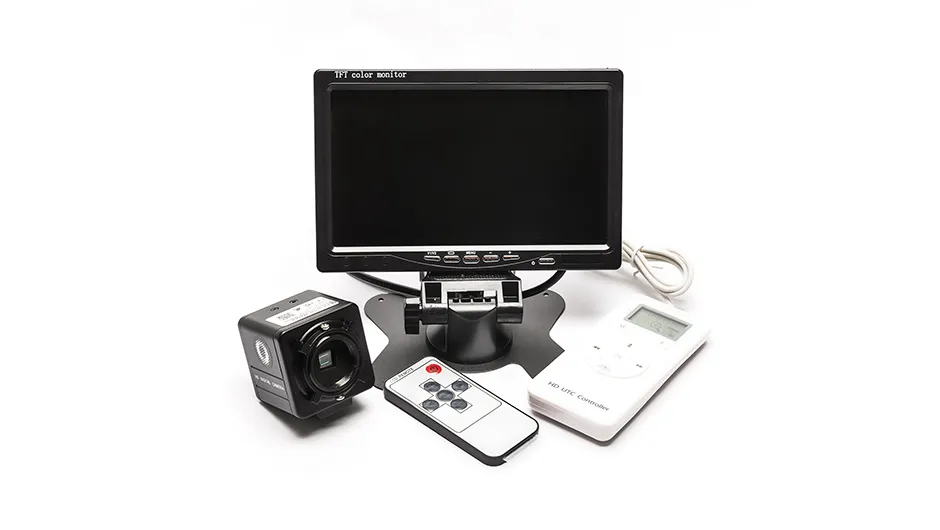
Price £349
The Revolution Imager R2 is a complete camera and monitor kit. The great thing about it is that it enables you to observe the view through your telescope on screen and in real time. You can also see details in your selected target that would be impossible to see with an eyepiece alone.
The Revolution Imager comes in a soft case including the camera, a 12V rechargeable battery plus charger, a 7-inch colour monitor with an adjustable stand and a number of accessories: a 1.25-inch nosepiece, a 0.5x focal reducer and a 1.25-inch infrared-cut filter.
It's an exceptionally comprehensive package that includes everything needed to get imaging straight out of the box. It is also a great introduction to astro imaging, not to mention one that provides wonderful enjoyment and entertainment.
Read our full Revolution Imager R2 review.
2
Celestron Skyris 445C CCD
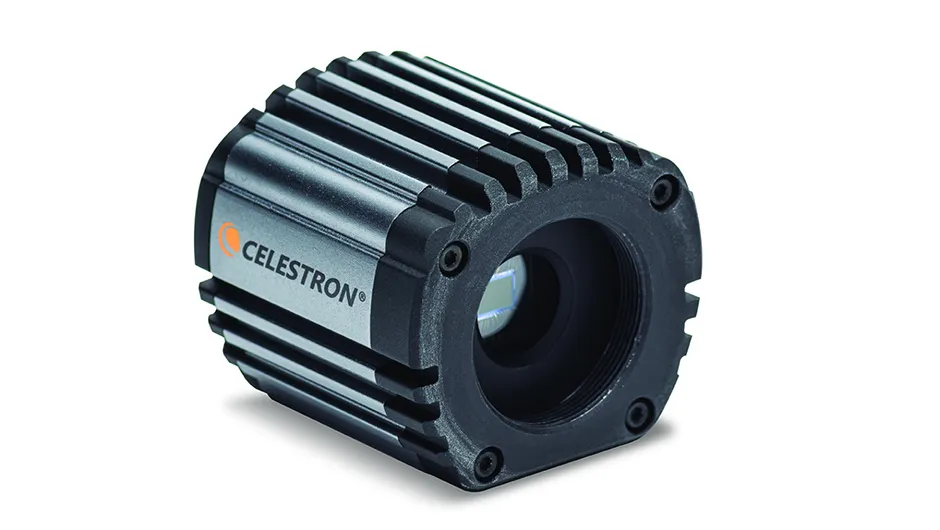
Price £649
The Celestron Skyris 445C is a colour CCD camera featuring USB 3.0 connectivity and a 1280x960 pixel Sony ICX445AQA chip at its core. This great little CCD is aimed at hi-res imaging of the brighter planets of the Solar System, and can also be used to capture images of the Sun and Moon.
For example, the Skyris 445C produced smooth images showing good detail over large regions of the Moon, with the 1280x960 chip running at 30 frames per second.
We would sincerely recommend this camera for those astro imagers who are wanting to produce detailed and crisp images of our celestial neighbours, not least nor its large colour chip and USE 3.0 connection.
Read our full Celestron Skyris 445C review.
3
Atik Infinity mono CCD

Price £995
If you've ever taken a group of people to gaze up at the night sky through a telescope, or if you've ever wanted to share your telescope view with the rest of the world online, chances are you'll love the Atik Infinity.
It's a camera that combines astronomical CCD quality imaging with essences of video broadcasting.
Designed for relatively short exposures, the Infinity has no active cooling, yet we found its passive cooling was acceptable for relatively noise-free results.
In video mode the camera exposes in a continuous loop, sending two or three full frames to its host computer every second.The Infinity software checks image quality and, if good enough, adds it to a stacked result to produce a cleaner image.
What the Atik Infinity really has going for it is its image quality and dedicated control software, which makes group or broadcast outreach sessions a breeze.
Read our full Atik Infinity review.
4
Atik 414EX mono CCD
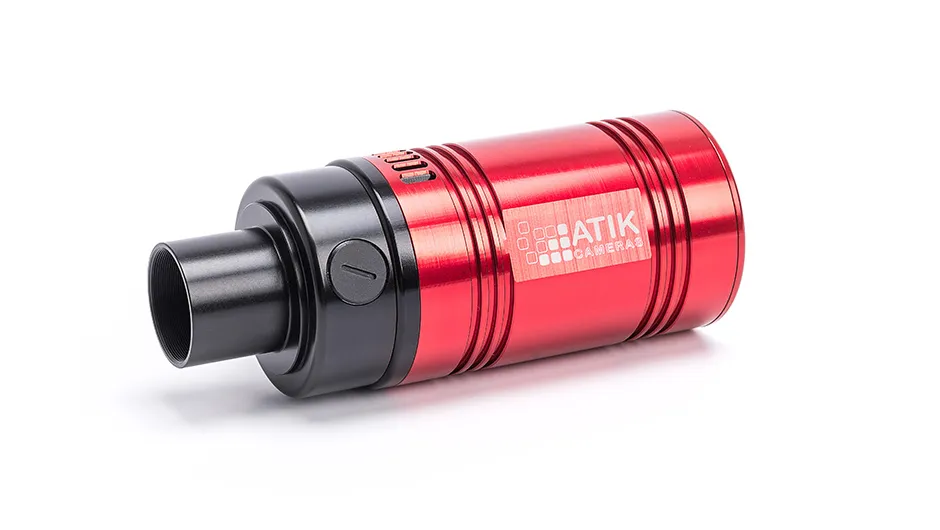
Price £1,019
The CCD sensor in the Atik 414EX is pretty small with an 11mm diagonal, and on a refractor with a focal length of 509mm it produces a field of view of 1º by 0.75º. Nonetheless, what the chip may lack in size, it certainly makes up for in terms of its sensitivity.
Testing the camera out, we were very pleased with its capability in collecting photons without too much thermal noise. Also, because the field of view is quite small, only the central portion of the light cone is intercepted. This is the area with fewest optical distortions, so correction is often not required.
The small size also means your 1.25-inch filters will be perfectly suitable for this CCD, making the move to full astro-CCD camera a little easier on the purse strings.
In all, we loved the 414EX. It worked straight out of the box with minimal setup and we were imaging before we knew it. We'd definitely recommend this to deep-sky imagers making the leap from DSLR to cooled CCD.
Read our full Atik 414EX review.
5
QHY9S mono CCD
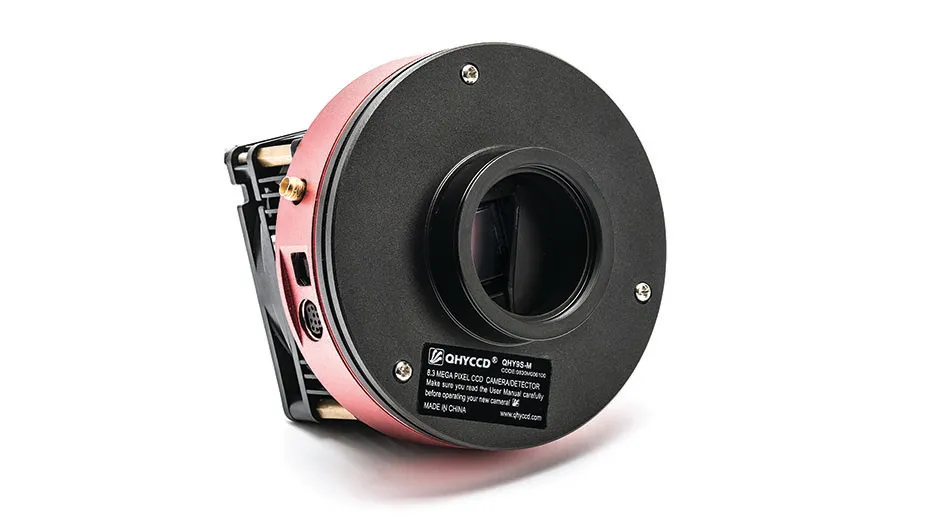
Price £1,399
The QHY9S is in many ways firmly in the function over form category. Having said that, it's certainly more robust in design than unattractive, typified by its large and clunky looking cooling fan. The advantage of this is a relatively low price, but of course the CCD still need to perform to appeal to astro imagers,
With a weight of 553g, the camera has a purposeful feel and we found it simple to attach to a 2-inch filter wheel lent to us for the purpose of our review.
A CD supplied includes a user manual in PDF format, camera drivers, ASCOM drivers and two camera control programs, CCDCap and EZCap.All drivers loaded quickly and easily onto our computer.
The KAF-8300 sensor responds very well to cooling. We used its set point cooling feature to reach –20°C and found there were no bad columns but typical of this sensor, some hot pixels.
The camera was very sensitive and we had a very pleasant imaging session with it performing perfectly throughout. We were impressed with the performance and would recommend to both astrophotography beginners and those upgrading from a DSLR to their first CCD.
Read our full QHY9S review.
6
Starlight Xpress Trius-H814 CCD
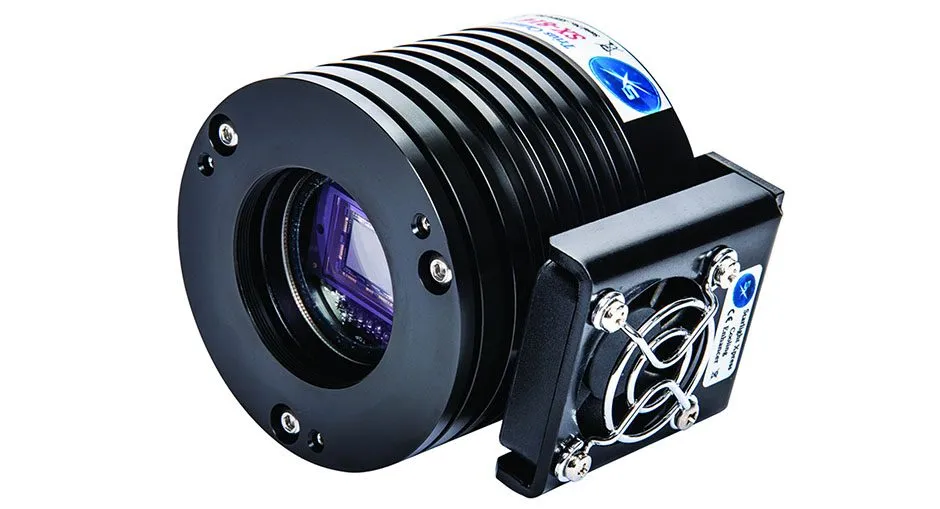
Price £2,300
With pixels just 3.69x3.69µm in size, the Trius-H814 is ideal for use with short focal length telescopes. When we used it with our 500mm focal length refractor it produced a high sampling rate of 1.6 arcseconds per pixel.
The Trius-H814 comes in a custom-fitted case and is finished in the standard Starlight Xpress gloss black.It has a low-profile, cylindrical body with integral cooling fans, making it suitable for use on a wide range of telescopes.
With the set-point cooling adjusted to –20°C and an ambient temperature of 16.6°C, the camera took three minutes 55 seconds to reach target temperature, and then we were ready to image.
The Trius-H814 is impressive and its high-resolution sensor neatly fills the gap between the popular Sony ICX285 and Kodak/Truesense KAF-8300 sensors.
We’d recommend the Trius-H814 as an excellent choice for serious mono imaging.
Read our full Starlight Xpress Trius-H814 review.
7
Starlight Xpress Trius Pro 694 mono CCD

Price £2,550
As soon as we opened the case we were impressed by the attention given to the quality and design. The Starlight Xpress Trius Pro 694 is solid with a nice tough coat of paint and all the threads screw together nicely.
Getting going is simple because the guide camera and filter wheel are already assembled in the case. All you need to do is open the filter wheel, install the filters and then screw the camera on the back.
Once the Pro 694 is installed on your telescope it can be controlled by most software.
The Trius Pro 694 bundle has something for everyone, while generally a deep-sky camera, it can be used for imaging the Sun and Moon as well. The camera is Windows and Mac compatible and the included Starlight Live software allows you to stack images live as you capture them.
Read our full Starlight Xpress Trius Pro 694 review
8
Atik 16200 cooled mono CCD
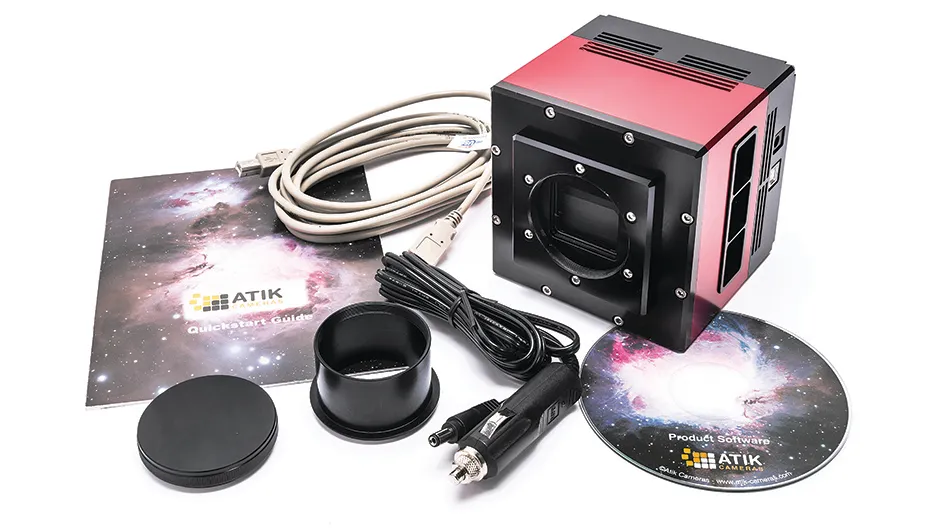
Price £2,979
Astrophotography cameras produce cleaner images if the sensor is chilled. The Atik 16200 aims to provide cooling capability up to 50°C below ambient temperature.
We set the cooling to maximum and kept our eye on the readout as the temperature fell, and within about 5 minutes the sensor had cooled from 10°C to –37°C. The camera then held that temperature steadily.
Our images showed little noise over the long exposures, which was great to see. There were some small, squiggly artefacts, but these were easily removed by stacking multiple images.
The Atik 16200 is a heavy duty and capable camera for deep-sky imaging and it has excellent low-noise ability. Its almost industrial cooling capabilities allow it to take remarkable large format astrophotos.
Read our full Atik 16200 review.